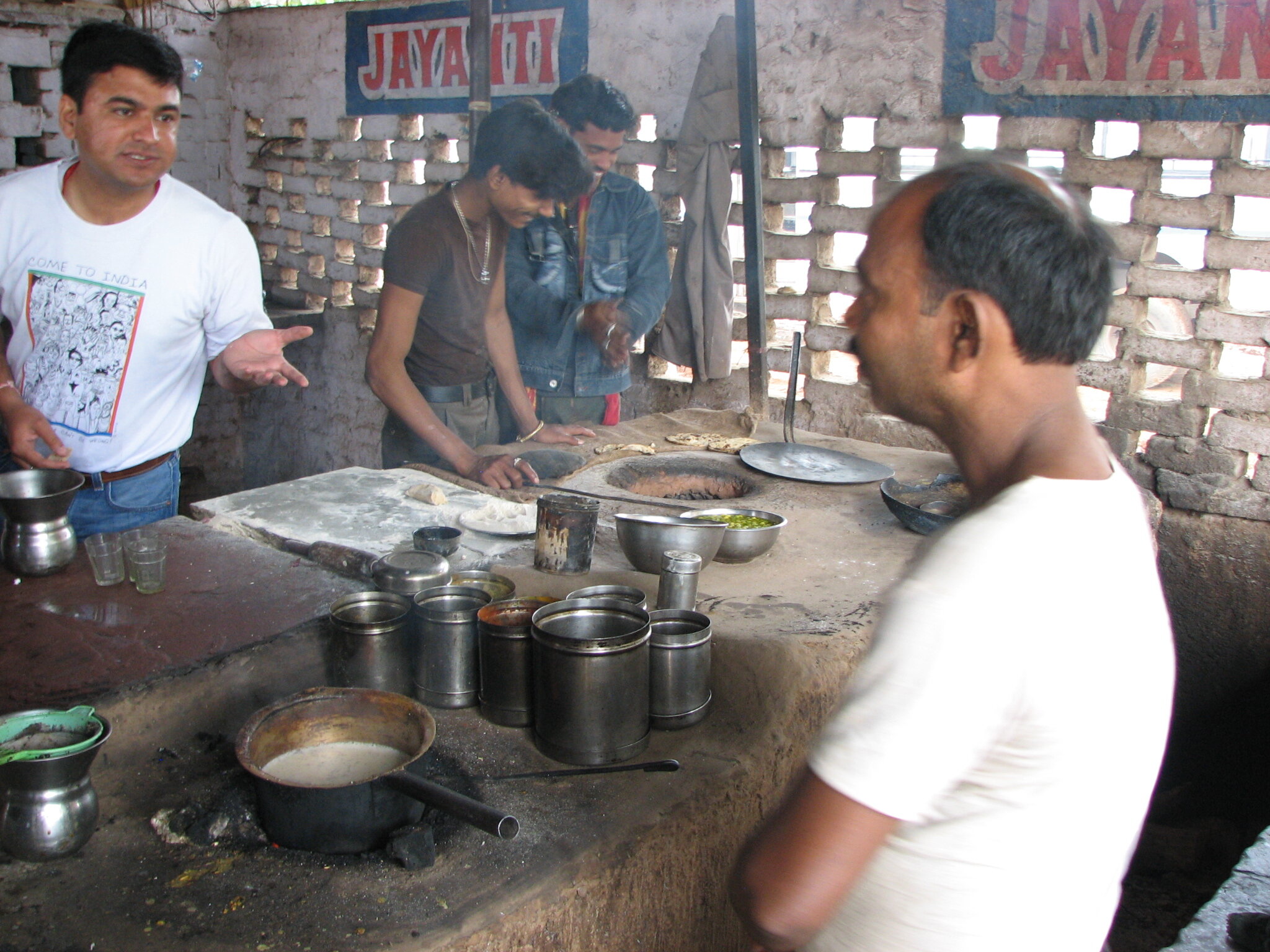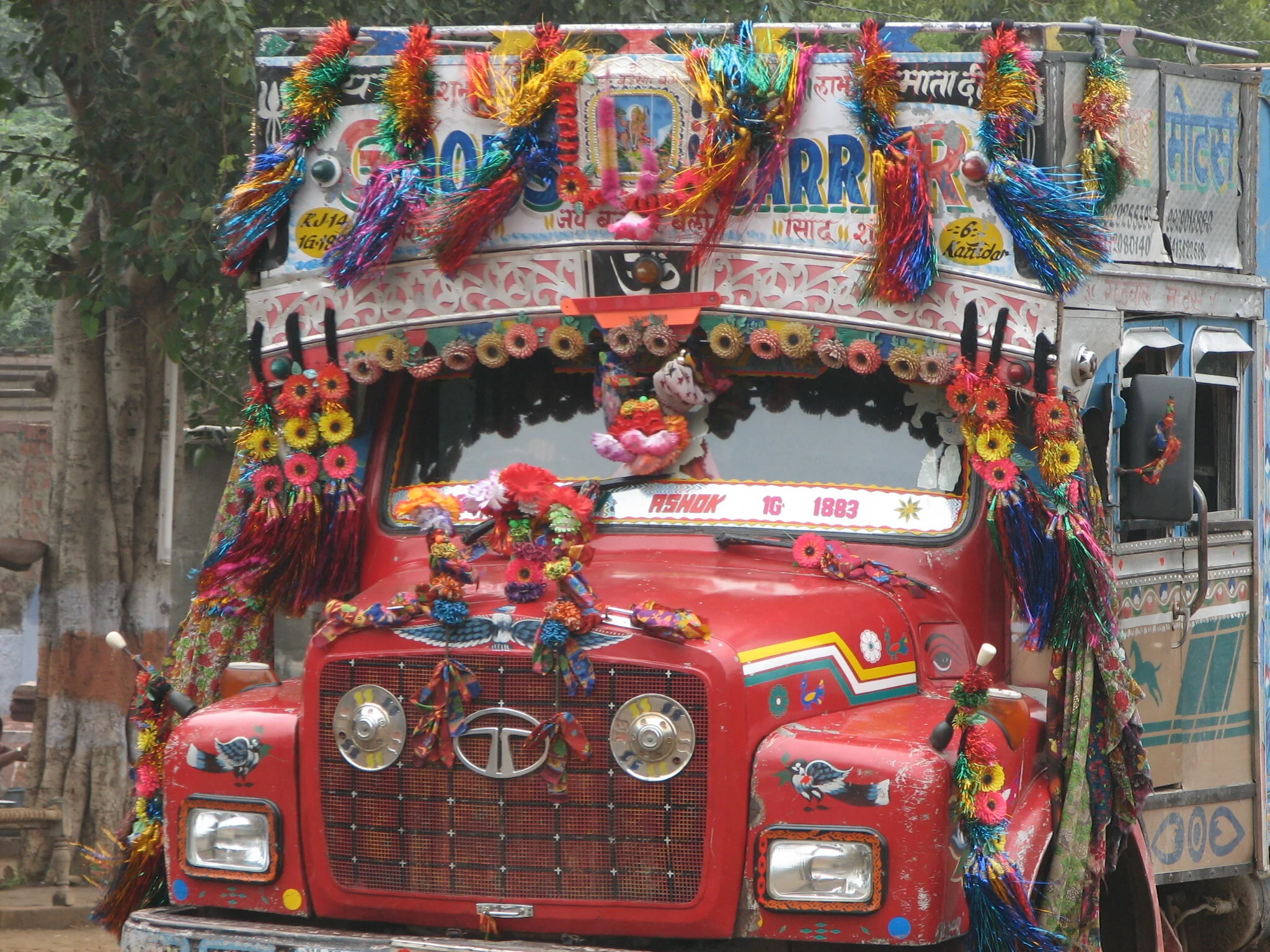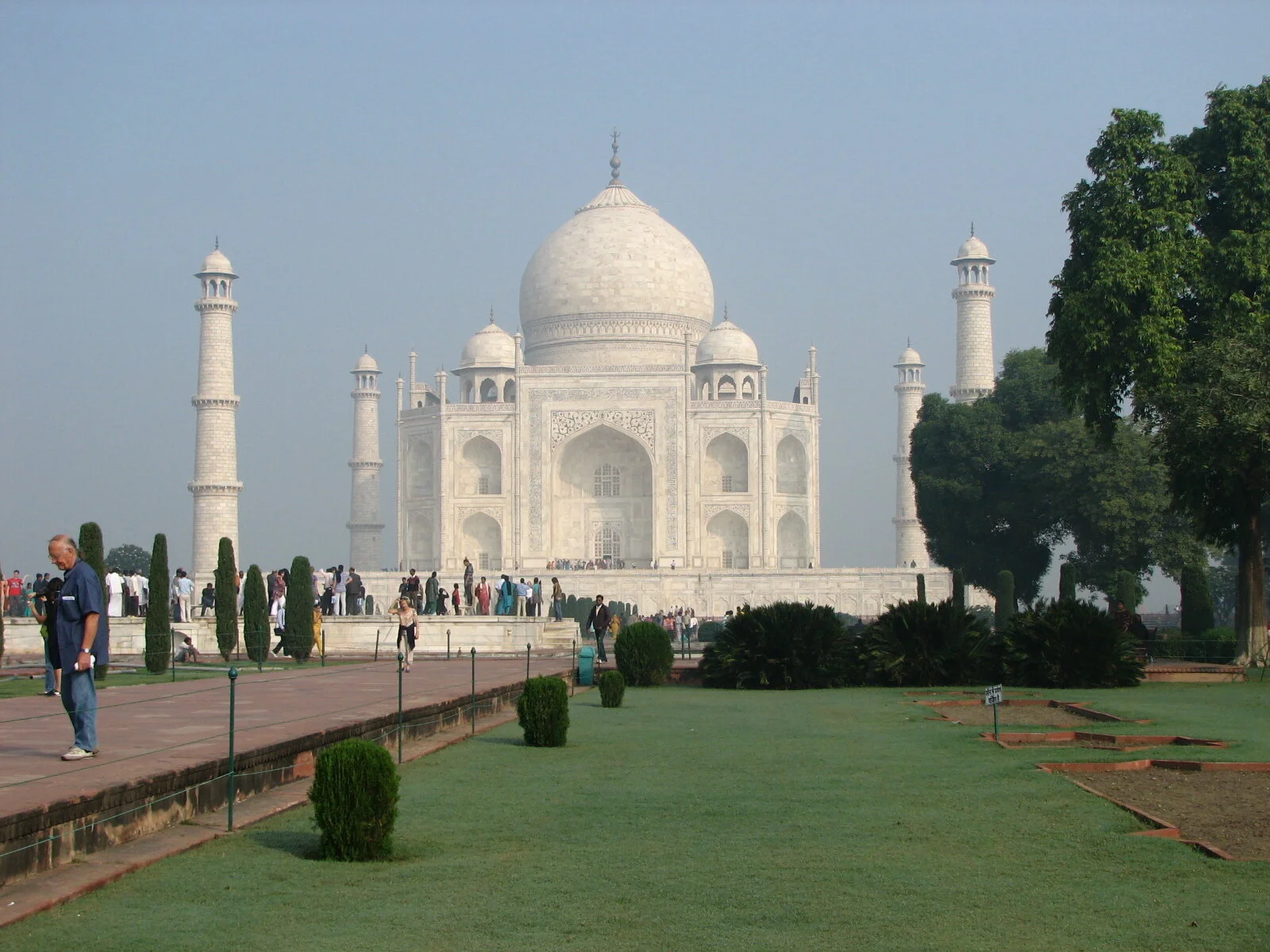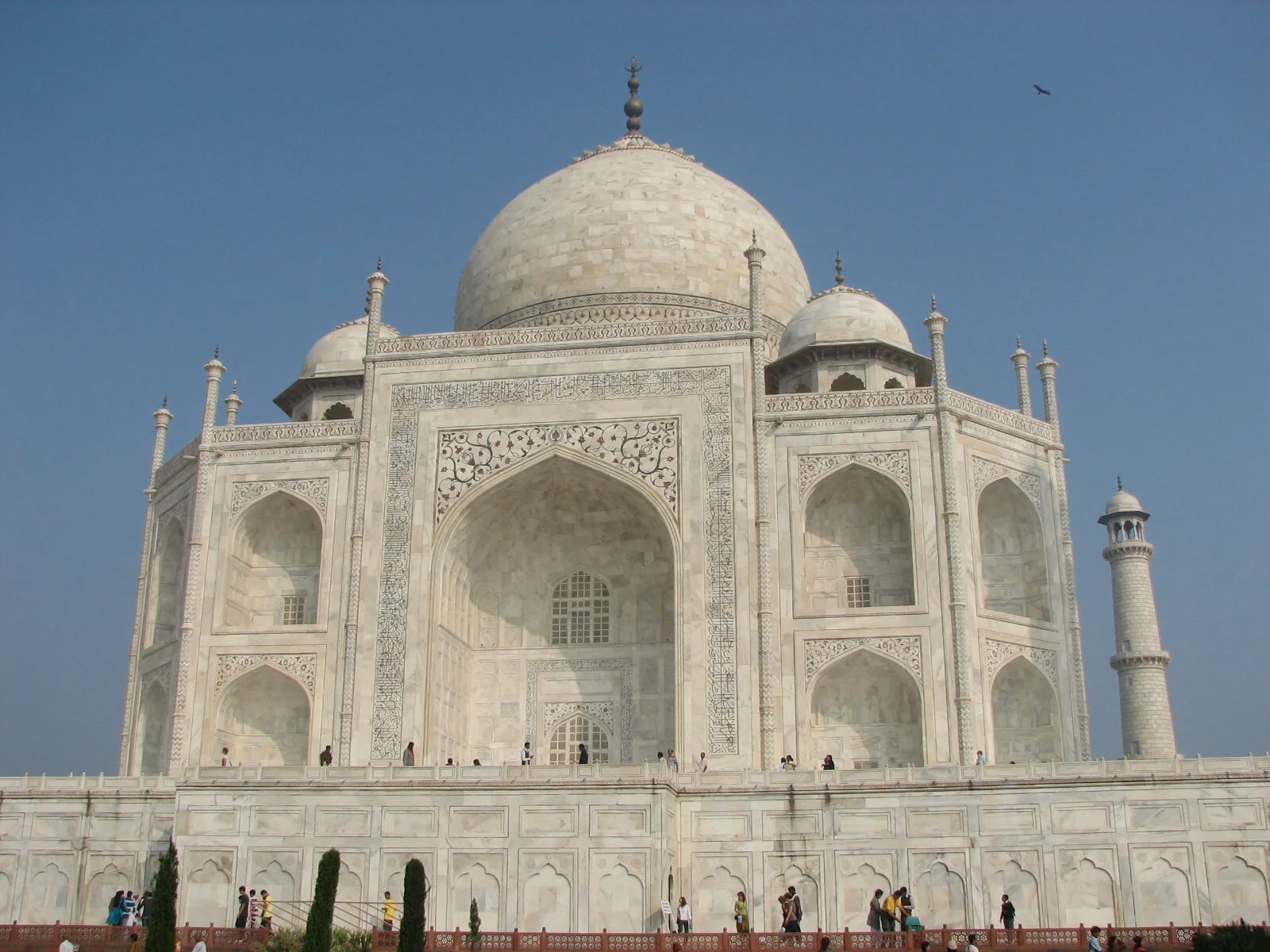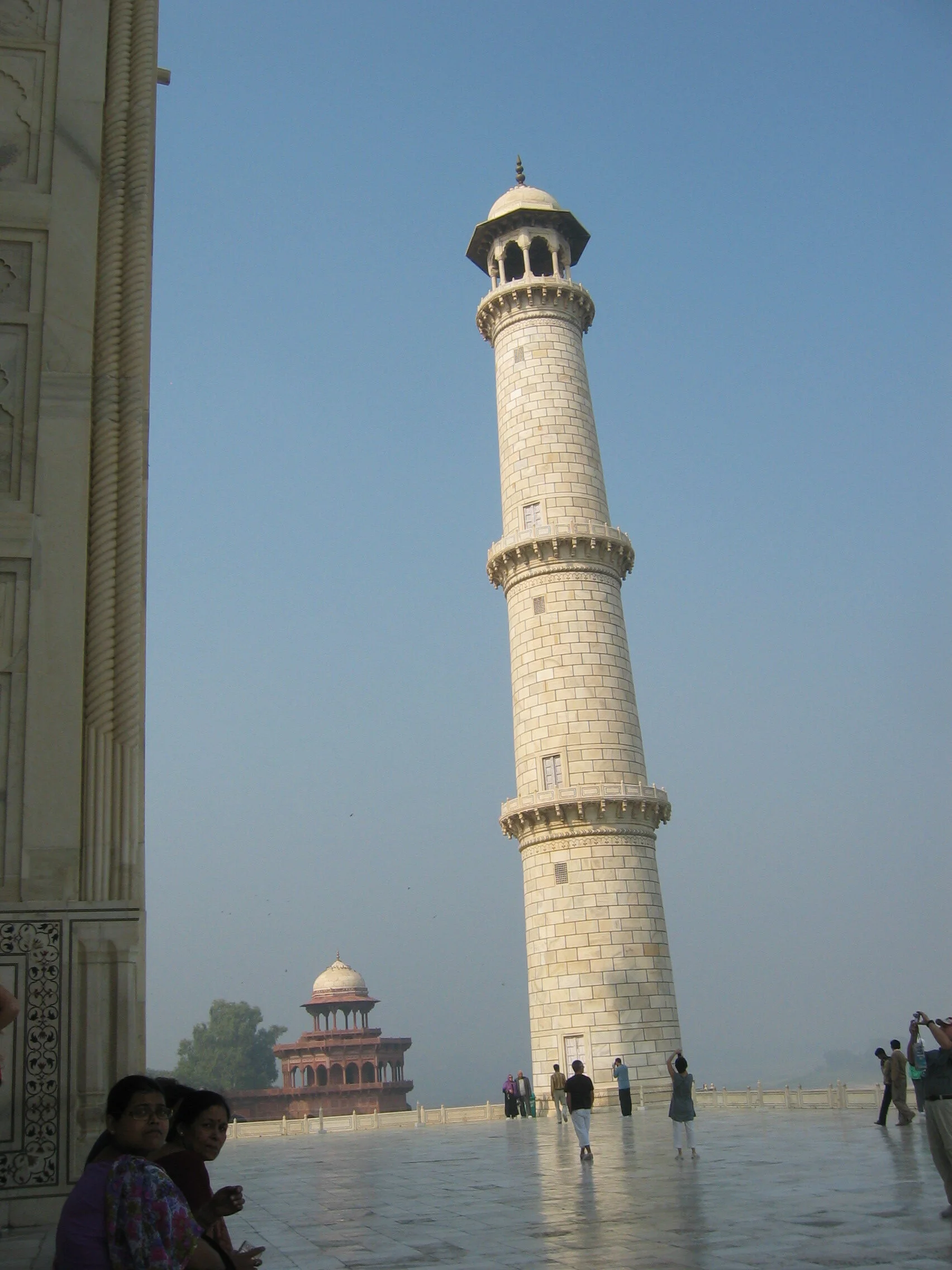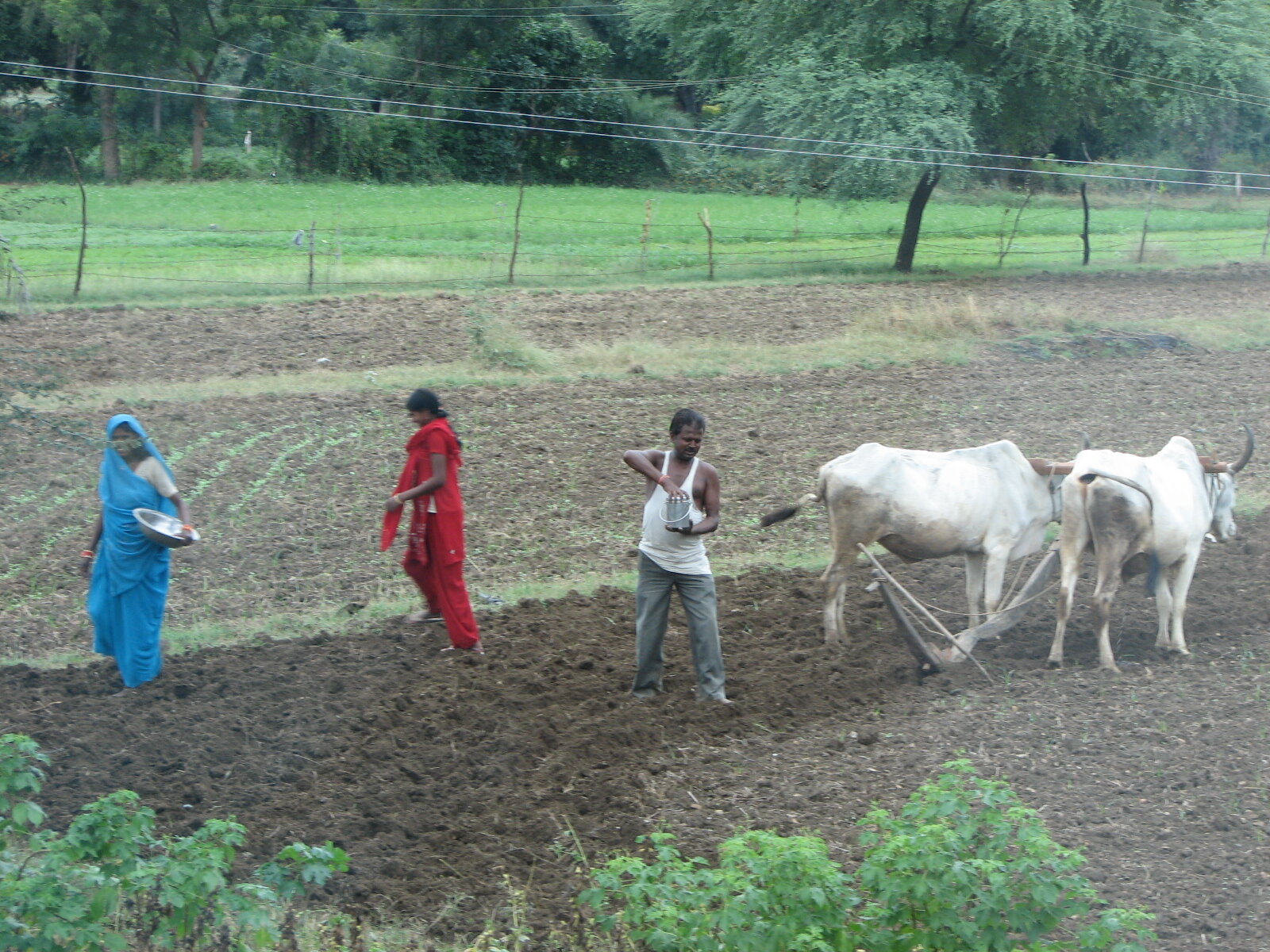Jaipur Observatory
We had a fascinating visit to the Jaipur Observatory. Jai Singh II built five observatories back in the late 1600’s to early 1700’s. The Jaipur Observatory was the last one he built and it was the largest, and some say the best one. It took six years to build the Jaipur Observatory and it was completed in 1728. It’s made of marble, brass and masonry. It has several dozen solar instruments including lots of different sun dials which measure time and positions of celestial bodies. Some are wild looking, sort of like modern art, and they are remarkably precise.
I can see at least six of the astronomical instruments in the first photo. Each one has a different function. I included close-ups of a couple of others in the next two photos. This visit was really exciting and really very unexpected. I could have spent all day here. It was like Disneyland for me.
Below is a sun dial and the largest astronomical instrument at Jaipur Observatory. This sun dial stands 90 feet tall and measures time accurately to within two seconds.
I got almost all of the sun dial in the first photo, but it’s really a big structure. The sun finally came out and we could read the time just to the left of Vicky in the second photo. The third photo was an information plaque about this instrument. All the instruments had similar information about their functions.





























